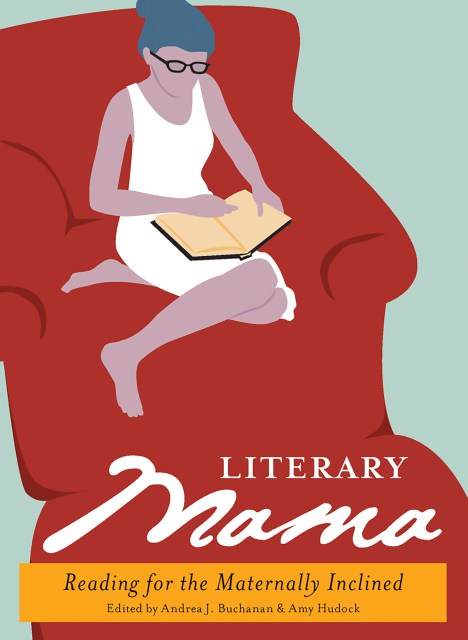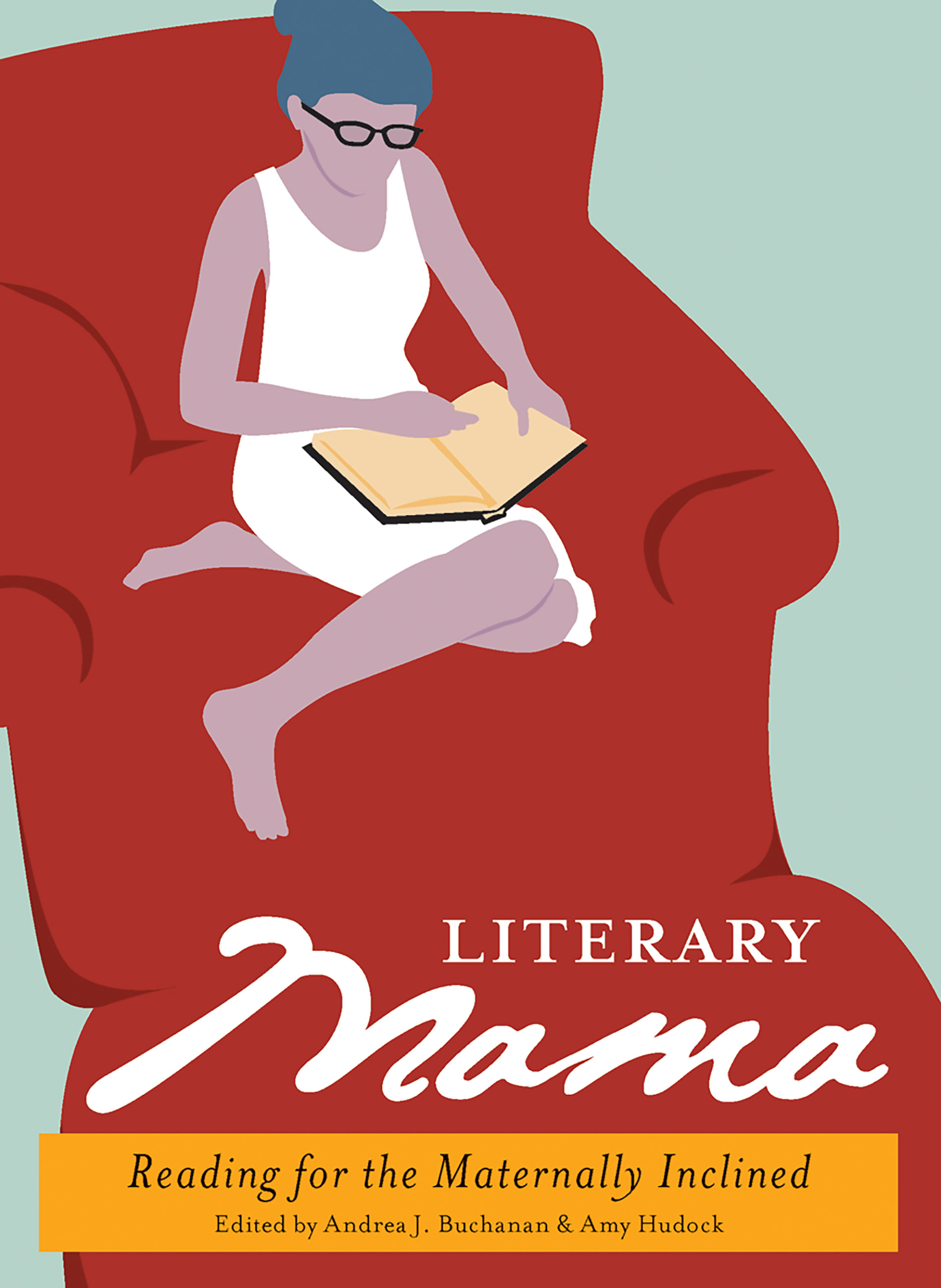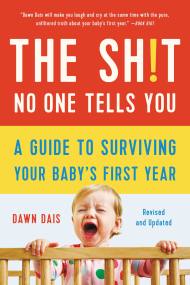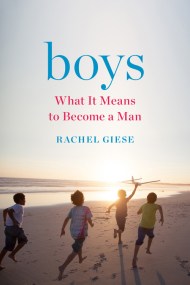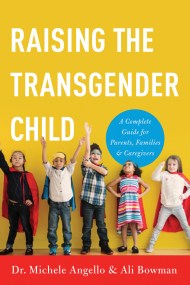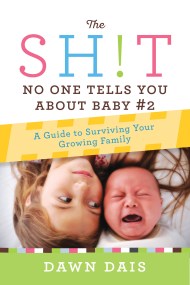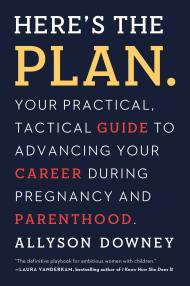Promotion
Use code BEST25 for 25% off storewide. Make sure to order by 11:59am, 12/12 for holiday delivery!
By clicking “Accept,” you agree to the use of cookies and similar technologies on your device as set forth in our Cookie Policy and our Privacy Policy. Please note that certain cookies are essential for this website to function properly and do not require user consent to be deployed.
Literary Mama
Reading for the Maternally Inclined
Contributors
Edited by Andrea J. Buchanan
Edited by Amy Hudock
Formats and Prices
- On Sale
- Nov 10, 2009
- Page Count
- 304 pages
- Publisher
- Seal Press
- ISBN-13
- 9781580053358
Price
$9.99Price
$12.99 CADFormat
Format:
ebook $9.99 $12.99 CADThis item is a preorder. Your payment method will be charged immediately, and the product is expected to ship on or around November 10, 2009. This date is subject to change due to shipping delays beyond our control.
Buy from Other Retailers:
This unique collection features the best of the online magazine literarymama.com, a site devoted to mama-centric writing with fresh voices, superior craft, and vivid imagery. While the majority of literature on parenting is not literary or is not written by mothers, this book is both. Including creative nonfiction, fiction, and poetry, Literary Mama celebrates the voices of the maternally inclined, paves the way for other writer mamas, and honors the difficult and rewarding work women do as they move into motherhood.
Newsletter Signup
By clicking ‘Sign Up,’ I acknowledge that I have read and agree to Hachette Book Group’s Privacy Policy and Terms of Use
